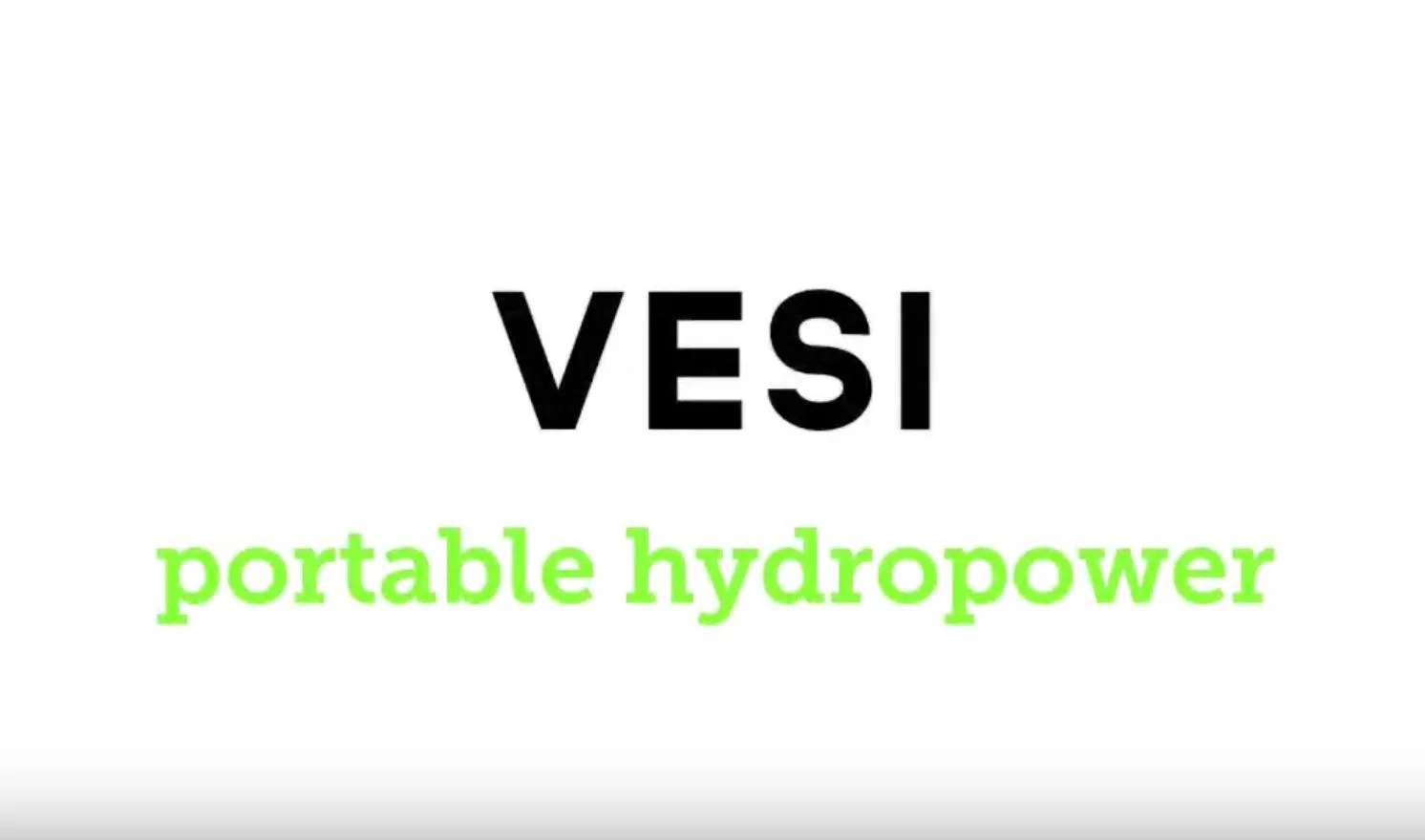Vesi was my senior capstone project at Carnegie Mellon. I worked in a team of 5. My main contribution was conducting force and flow analysis on the product and test rig. I then created the test rig for the symposium, as well as collaborated on the final design of the product and creation of the prototype.
The goal of our project was to create a portable, sustainable way to charge small electronics using the power of water. We were inspired by the water wheels that drove the industrial revolution, and brought old school technology into the modern day.
The problem we wanted to solve was creating power in a remote area that will allow someone to charge his portable electronics.
The opportunity we saw was adapting a known technology into a more personal one that would allow someone to easily produce their own electricity.
Objectives:
-Must use the power of flowing water to operate
-Must be able to be assembled by one person
-Must be easily anchored to a river or streambed without specialized tools
-Must be watertight to a depth of around 15 feet
Requirements/Constraints:
-Must weigh under 30 lbs
-Must be able to produce at least enough power to fully charge an iphone 5 in one day or two
-have a universal charging port (USB)
-Must only be for use in fresh water
Engineering Challenges:
Sealing - The challenge for this device will be in sealing the device against water with minimal losses in the realm of power transmission due to the sealing
Debris - Given the fact that this system is going to be deployed in an open water setting, the entry of foreign objects into the system is a real risk and could reduce the performance of the device
Efficiency - Many homemade microhydropower systems operate at around 50% efficiency, so improving upon that will be an interesting challenge
Initial Concept development. Drawings done by me
Top 2 Designs with pros and cons listed
Here I explored 3 different set ups to create a tank to demonstrate our product at the final symposium. The goal was to recreate flow conditions needed to achieve the minimum voltage required to charge the internal battery.
Based upon our initial tests with different kinds of propellers, and our decision to use a propeller style, we came up with this final assembly design.
More engineering analysis
House of Quality Target Setting and Competitive Analysis
Final Calculations based on a 30gal/min sump pump, working tank design (portable riverbed) as seen at Symposium. Because of my work we were able to have this faux river bed to demonstrate our project in action.















